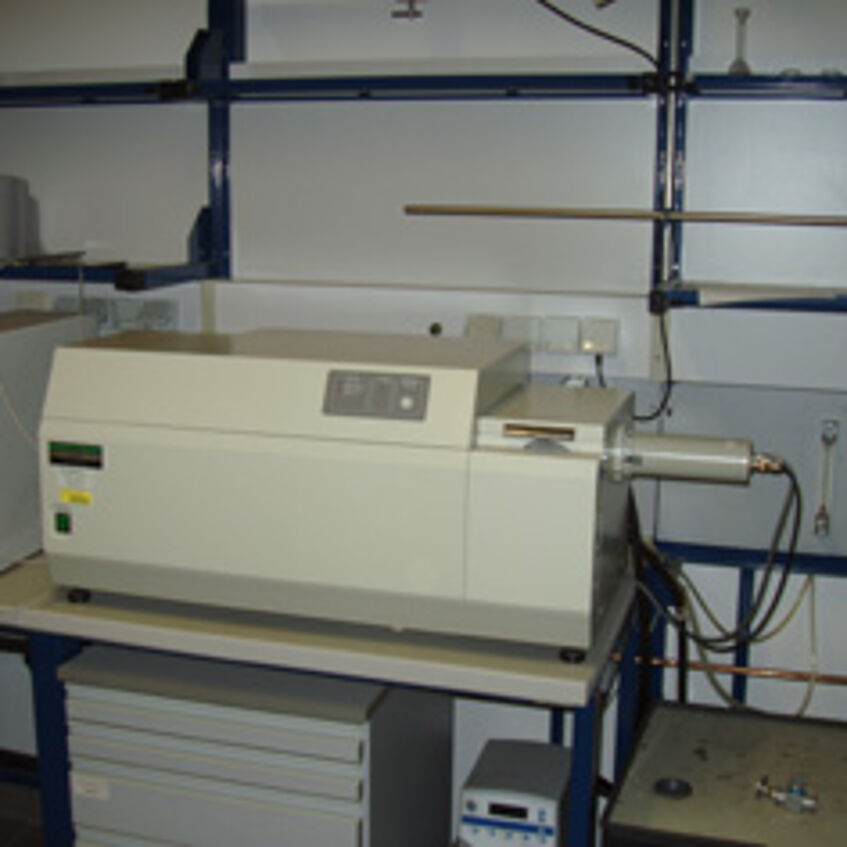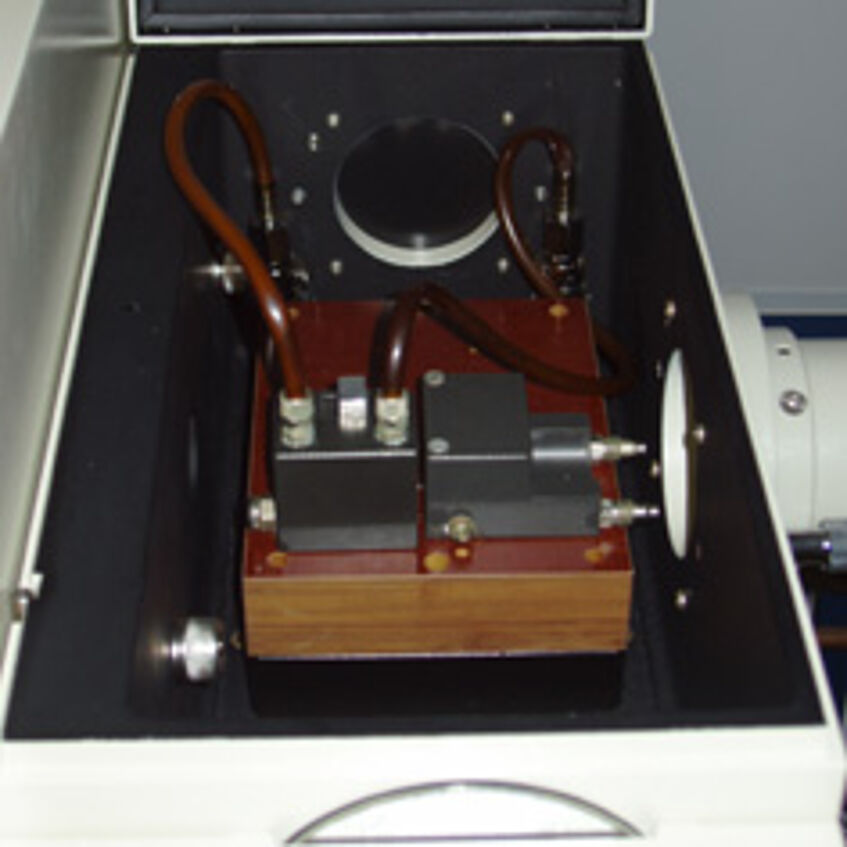CD-Spectroscopy
Circular dichroism or CD spectroscopy is based on the different absorption of left and right circularly polarized light. Substances exhibiting characteristic CD curves possess either an asymmetric chromophore or a symmetric chromophore in an asymmetric enviroment. Fields of Application in pharmaceutical Research:
CD-Spectroscopy of chiral moleculs: Absolute configuration and predominant solution-state conformation of new chiral drugs can be determined by CD spectroscopy in comparison to known analogs.
CD-Spectroscopy of proteins: The broadest field of CD application is protein biochemistry. By recording a CD curve, the extent of secondary structures of the measured protein can be computed using reference spectra.
CD-Spectroscopy of oligonucleotides: For nucleic acids and oligonucleotides, prediction of secondary structure is somewhat more difficult. There are three large families of secondary structures for nucleic acids: A, B and C (sometimes called Z). They differ in base pairs per turn, twist and rise per base pair. These characteristics are caused by the particular conformation of the ribose moiety: C3'-endo for A-DNA and C2'-endo for B-DNA. On the basis of the measured CD curve, an assignment to one of the structure groups can be made.
Jasco J-810 CD-Spectropolarimeter
Our CD-Spectrometer is equipped with a thermostated probe allowing measurement of CD spectra at variable temperature levels. Computer software for processing, comparison and storage give a very useful facility for protein an oligonucleotide research.




Contact and Support:
Dr. Judith Wackerlig (Scientific Support)
Daniel Dobusch, MSc (Technical Support)
